Review: Pantech Flex for AT&T
Menus/Customize
The Flex runs Android 4.0 Ice Cream Sandwich. As with the Pantech Marauder - released on Verizon's network earlier this year - the Flex offers two different user interfaces. The first is a near-to-stock Ice Cream Sandwich build; the second is the "Pantech Easy Experience."
The regular mode includes five home screens and a typical allotment of widgets and apps. One of the cool features is an expandable dock of icons at the bottom of the screen that slides to the left or right just like the home screens do.
The regular mode also has the killer Pantech lockscreen shortcut tool. There's a large ring in the center of the lock screen and it is surrounded by six apps. Drag the app you want into the circle and you go directly there. Out of the box, those apps include messaging and camera. They can be customized if you wish.
The main app menu can be arranged in a ton of different ways, including alpha grid, custom grid, and list. Individual apps within the app menu can be hidden from view, and some can be deleted.
As for the easy mode, it really tones down the clutter. It makes all the icons larger and easier to read, reduces the number of home screens down to three, and uses alphabetical lists for the settings and app menus. One bummer is that it drops the handy lock screen shortcuts, and disables the use of widgets entirely. It also hides the bulk of the apps installed on the device, leaving only the main communications tools available.
It will probably be easier for first-time smartphone users to begin with the easy mode enabled, but it really cuts down on some of Android's best features (widgets, and so on.) There's no difference in the way either performs. The fast processor under the hood gives the Flex's noticeable muscle to speed along. I did notice a lot of app crashing, though. The camera app and media apps were those most apt to randomly close or freeze. It was frustrating, as I definitely lost some images thanks to the camera crashing.
Having two operating modes makes the Flex more customizable than most devices, as each mode can be adjusted in its own accord. Pantech did a good job by allowing more customization of the main app menu, too.
Calls/Contacts
Aside from the lock screen shortcut that takes you directly to the call log, there's little setting the Flex apart from other Android handsets when it comes to the phone app.
The contacts application, too, is that of stock Android. The one thing setting it apart is a really useful home screen widget. The widget lets you create a miniature contact list that is accessible from the home page. It holds at least ten people, and includes their thumbnail photo.
Messaging
The Flex covers all of the messaging basics. It runs the stock messaging (SMS), email, Gmail, Google+, Google+ Messenger, Latitude, and Google Talk apps. All of them work well, though they don't present any new features.
There's an AT&T Messaging app that ties in several instant messaging networks, including AIM, Windows Live, and Yahoo (does anyone still use these?). The Flex also includes a catch-all social networking app that covers Twitter, Facebook, and LinkedIn (yup, no more MySpace). The app lets you manage messages for all three networks from the same user interface. It's OK, but I prefer the native tools available from each of the respective social networks. Speaking of which, the Flex comes with both the full Facebook and Twitter apps, as well as some handy widgets for both.


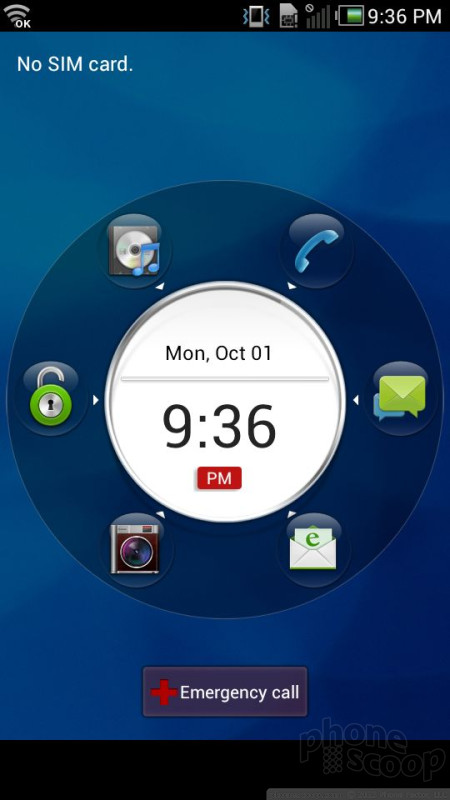







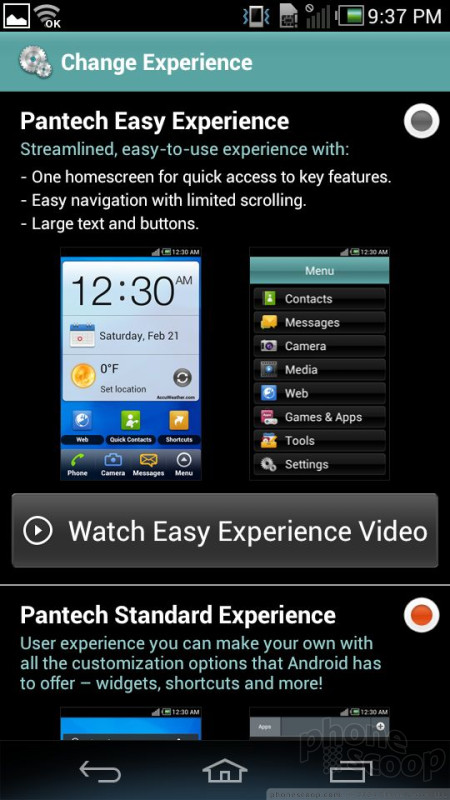




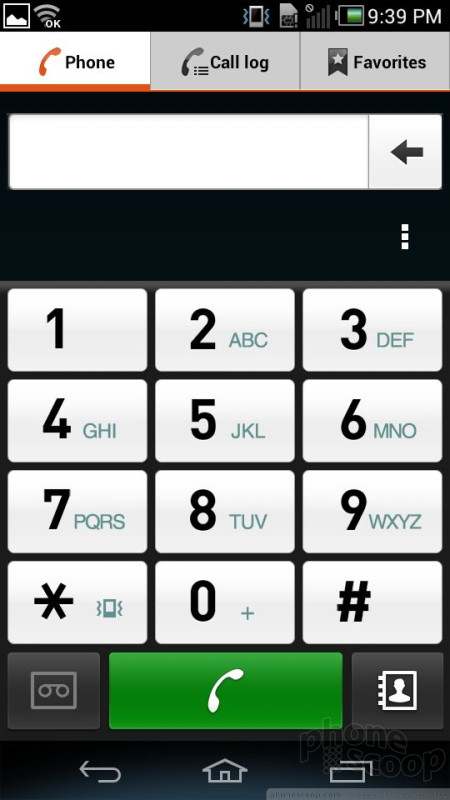




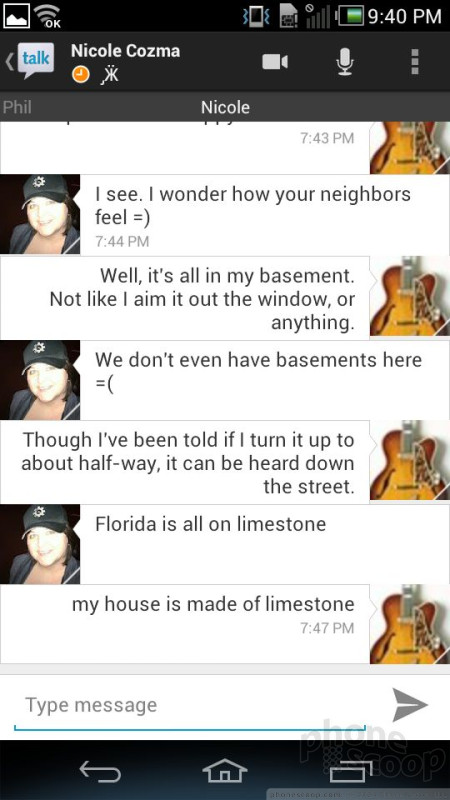







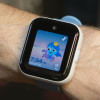 Hands On with the T-Mobile SyncUp Kids Watch
Hands On with the T-Mobile SyncUp Kids Watch
 Samsung Refines its Foldable Phones
Samsung Refines its Foldable Phones
 iPhone 14 Plus Offers a Big Screen For Less
iPhone 14 Plus Offers a Big Screen For Less
 Hands On with the Motorola edge+ (2023)
Hands On with the Motorola edge+ (2023)
 Pantech Flex
Pantech Flex



